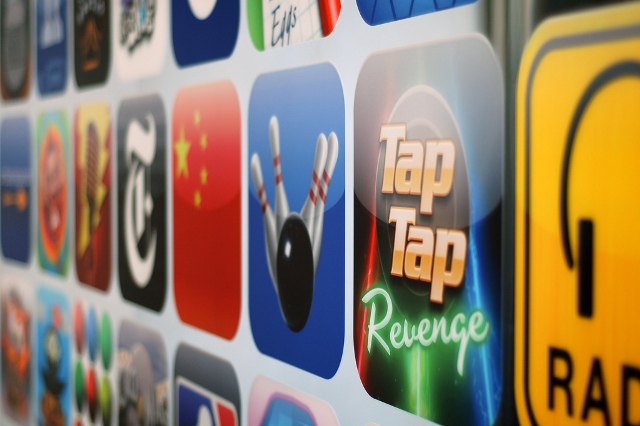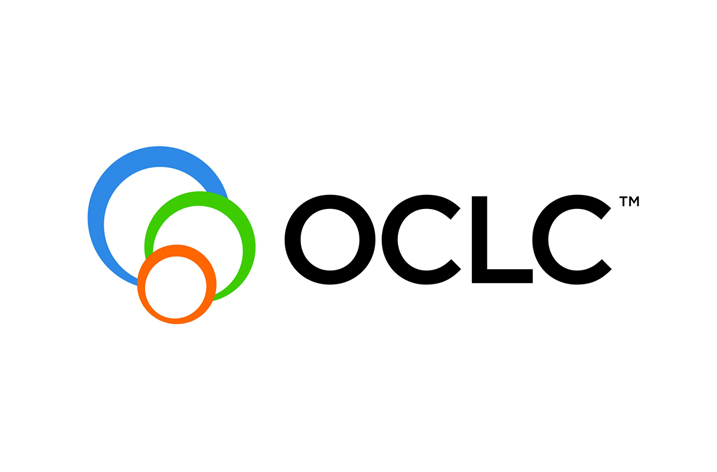
Appcelerator®, the leading mobile cloud platform for rapidly developing native mobile, desktop, and tablet applications using Web technologies, and industry-leading analyst firm International Data Corporation (IDC), today announced results from a joint survey of 2,012 Appcelerator developers around the world. New analysis shows that Apple and Google are accelerating their lead in mobile by redefining mobile app engagement, loyalty, and cloud connectivity through their new Google+ and iCloud offerings. Developers also indicate that they see Apple and Google gains in the consumer application space translating into significant traction in the enterprise space over time. The full report can be viewed at: http://appcel.us/q3_2011_report.
“Google and Apple are pushing mobile competition beyond OS platforms into the cloud and into social integration,” notes Scott Ellison, IDC vice president, Mobile & Consumer Connected Platforms. “This means even broader battles with major players like Amazon and Facebook, creating new competitive complexities and opportunities going forward for everyone in the mobile ecosystem.”
New Apple and Google Announcements Put Mobile Cloud Opportunity on the Map
As mobile app and platform leadership continues to coalesce around Apple and Google, both players are leveraging their strengths into the cloud in different, but compelling new ways that are likely to generate long-term value and competitive differentiation for each of their respective ecosystems. Topline findings from this quarter’s report focus on how developers eye new opportunities for applications to become more social and more connected:
- When asked what will impact the growth and adoption of mobile the most, Apple and Google come out on top. In order of priority:
o Google+: 25%
o Apple iCloud: 22%
o Near-Field Communication: 18%
o iOS 5 Twitter Integration: 14%
o Android Patent Issues: 13%
o Amazon Android Tablet Rumors: 6%
o HP TouchPad Launch: 2%
- Two-thirds of respondents believe that Google can catch up to Facebook in social with Google+. When asked why, 68% of developers say that leveraging Google’s assets (eg: Search, YouTube, Maps, etc) trumps Facebook’s social graph lead. Forty-nine percent say that Google shows more innovation than Facebook with new Google+ features like circles, sparks, hangouts, etc.
- While Google+ may be the future, today 83% of developers using social in their apps say they use or are planning to use Facebook this year. Twitter is second at 73%, followed closely by Google+ (when API is released) at 72%, LinkedIn at 30%, and Foursquare at 23%.
- When asked what social capabilities are most important in their apps, developers said that features that encourage repeat usage and offer fresh content are more important than location check-ins and photo sharing. In order of priority, developers use social for: notifications (52%), status updates (49%), login/identity (44%), messaging (38%), news (35%), location sharing (32%), photo sharing (31%), and friend requests (26%).
- Continuing on the real-time update theme, when it comes to iOS 5 features, developers are most interested in: improved notifications (58%), iCloud (51%), integrated Twitter support (40%), reminders (36%), and iMessage (32%).
- iCloud may significantly disrupt the mobile cloud computing space, as developers envision a tight race between Amazon and Apple. Developers who are using or planning to use cloud services over the next year see Amazon (51%), iCloud (50%), Microsoft Windows Azure (20%), VMWare (20%), and RedHat OpenShift (17%) as the top five players.
- Apple and Google’s strengths in the mobile consumer space are clearly making inroads in developer perceptions of the enterprise arena. When asked which platform is best positioned to win in the enterprise, respondents were evenly divided between iOS and Android at 44% each. Only 7% believe Windows Phone has a shot, 4% for BlackBerry, and 2% for webOS. Appcelerator and IDC note that enterprises are taking a more cautious approach with Android at scale due to security concerns, in which case they are looking to Apple when they go beyond BlackBerry and Windows mobile deployments. In the near to medium-term, despite being equivalent from a developer perception standpoint, Apple is leading with CIOs today when it comes to mobile deployments beyond Microsoft and RIM.
- While neck and neck in the enterprise, perceptions on why Apple or Google might win in the enterprise are dramatically different. We posed two reasons why each platform might win and then asked developers to rank which statements were most accurate across all platforms. Topping the list, 30% of developers believe Android’s market share lead will be the key driver for success in the enterprise ,followed by 24% of respondents saying that Apple’s consumerization of the user experience will carry iOS into mainstream enterprise adoption.
- With relatively few new product announcements this past quarter, platform priorities haven’t changed significantly. iPhone remains tops as 91% say they are “very interested” in developing for the device. iPad is number two at 88%, while Android pulled up a couple points with Android phone interest climbing to 87% from 85% last quarter and Android Tablets rose back to Q1 levels to 74%. We added HTML5 mobile web as a new option to rank this quarter, which comes in fifth at 66%. The second tier remains the same: Windows Phone (30%), BlackBerry phones (28%), BlackBerry Playbook (20%), HP TouchPad (18%), HP Palm Pre (12%), Symbian (7%), and MeeGo (5%) rounding out the list. The new addition of mobile web in the middle of the pack suggests developers are seeing the increasing requirement for both a mobile app and mobile website, though the former continues to be the number one priority.
Key Trend: Mobile Leaders Are Extending Their Lead by Redefining the Application Experience
As OSes and consumer expectations mature, “the app” is undergoing a transformation. Applications are becoming more engaging with real-time notifications, social, local context, and always-on cloud connectivity becoming the norm. That “upstarts” iCloud and Google+ can challenge entrenched players Amazon and Facebook shows how quickly these new capabilities will shake up what’s possible in mobile.
As utility, loyalty, and engagement drive applications to become “stickier” in our mobile virtual wallets, so too are transaction models adapting to move away from the app store and into the application. We revisited the business model question from January to see how priorities are evolving and continue to see acceleration in strategies that monetize ongoing usage. In January, 59% of developers said that app store sales are the number one preferred business model. Now, that figure has dropped to 50% and developers see this trend continuing into 2012. At the same time, in-app purchasing has increased from 42% saying in January they plan to use this model to 43% today and 50% by next year, rivaling app store sales. Similarly, mobile commerce applications are seen as surpassing free “brand” affinity apps late this year along with an increase in near-field communication (NFC) usage next year.
Ultimately, these changes are an evolution of the mobile engagement lifecycle. From customer acquisition/awareness to engagement, to monetization to loyalty, mobile leaders are focusing on leveraging their ubiquitous adoption levels into new areas that, in the end, significantly enlarge the overall value that’s possible on each of their platforms in the post-PC era.
A complete breakdown of these trends and a more detailed analysis is available online: http://appcel.us/q3_2011_report.





















